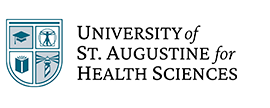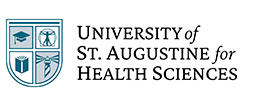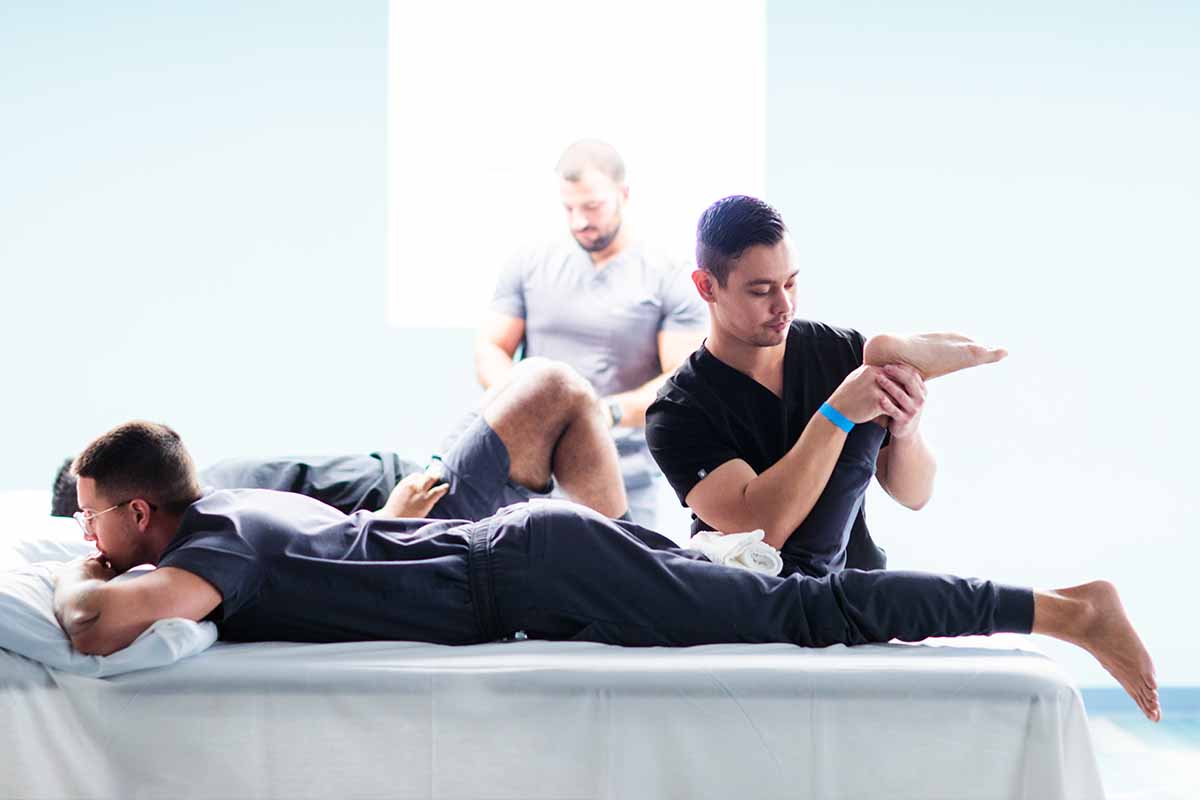
In many hospitals and long-term care facilities, newly hired nurses, many fresh off of their studies, are asked to work the night shift. While a few true night owls prefer this schedule, working through the night is challenging for most nurses.
You might find yourself spending a chunk of your time off recovering from your time at work. There are effective ways for how to work the night shift and stay healthy—and caring for your own health will help you better care for others. Review our 12 tips for working a night shift.
What are Good Habits for the Night Shift?
1. Cluster Night Shifts Together
It’s helpful to cluster your shifts and stick to a night work sleep schedule even on your off days. That way, your body can get used to one schedule, which is not always in adaptation mode.
One study found that nurses who worked rotating shifts—a group of night shifts followed by day shifts—reported lower job satisfaction, reduced quality and quantity of sleep and more frequent fatigue. They were also at higher risk for developing psychological and cardiovascular symptoms.1
The daily routine for night shift workers may not be practical for everyone. If you want to return to a more traditional schedule after working overnight during the week, try sleeping in the morning, waking up in the early afternoon and staying active until bedtime. Take power naps during the next couple of days. Then, on your last free evening, stay up as late as possible, sleep in and maybe even take a one-two hour nap before your first shift.2
2. Stick to a Daily Routine for the Night Shift
If you’re unsure how to work night shift and stay healthy, consider using a time management strategy to create a schedule for other aspects of your daily life. You can plan out the best time for self-care activities like exercise, yoga, meditation and napping, as well as household tasks such as cooking and cleaning.
3. Get Your Household on Board
Enlist your family members or housemates to support you while working night shift. Post your work and sleep schedule on the refrigerator so they can see when you’ll be working, asleep and awake. Try to find a daily meal you can share with family members to stay connected even during the days you work.2
4. Practice the Best Sleep Schedule for Night Shift Workers
Practice good sleep hygiene by keeping a regular sleep schedule and creating an environment conducive to a good night’s sleep. This can help you avoid shift work sleep disorder, a common circadian rhythm problem that can cause insomnia and excessive sleepiness in those who work the overnight shift.3, 4
Since exposure to bright light disrupts deep sleep, another working overnight tip is to avoid light as much as possible when sleeping during the day. Using blackout curtains, wearing an eye mask, running a white noise machine or app and avoiding the use of electronic devices before bed can help ensure you get restful sleep.5
If your bedroom isn’t ideal, consider any dark room away from high-traffic parts of the house—even a large walk-in closet or a bed tent.2 If you must wake in the dark, consider purchasing a wake-up light, which gradually increases the light in the room before the alarm goes off.
5. Prioritize Sleep
The next recommendation on our list of tips for working the night shift is so important, it bears repeating: Prioritize sleep to keep your body healthy and your mind sharp when treating patients.
Although it may be tempting to occasionally join friends for lunch to keep up with your social life, consider how straying from your sleep schedule can impact your health. Chronic sleep deprivation has implications for health, productivity and occupational safety.4


6. Use Caffeine Wisely
When thinking about how to work night shift and stay healthy, most of us rely on a certain amount of caffeine to wake up and remain productive. Caffeine can improve memory, mood and physical performance. Whether your drug of choice is coffee, black tea or dark chocolate, it’s okay to consume it—as long as you stop before you become overly restless.
The next recommendation on our list of tips for working a night shift is to consider avoiding energy drinks high in sugar and caffeine. While these will give you a temporary boost, studies show an association with negative health effects, including elevated stress levels, higher blood pressure, increased risk of obesity and poor-quality sleep.6 Of course, be mindful of how close to your bedtime you consume caffeine.
7. Eat Healthy
Since working night shift has been linked to an increased risk of metabolic problems, choose to eat healthy.7 Prepping your meals and snacks ahead can save you time and money and give you more control over what you eat.
The ideal lunch includes some protein, along with greens or other vegetables. When choosing snacks, instead of sugary items that will give you a short-term boost followed by a crash, opt for healthier choices like whole fruit, trail mix or a high-protein energy bar.
When thinking about how to work night shift and stay healthy, eat smaller, more frequent meals. Doing so will keep your energy steady all day. Night shift workers should also consider supplementing with vitamin D, as reduced sun exposure can lead to deficiency.8
8. Stay Hydrated
Along with eating healthy, staying hydrated is another one of our top tips for working night shift. Doing so will help you stay energized and alert.
Avoid sugary sodas and fruit juices, which will make your blood sugar spike and then crash. Drinking enough water helps to regulate body temperature, prevent infections, deliver nutrients to cells and keep organs functioning properly.9 Experts recommend about 11 cups (88 oz.) of water per day for the average woman and 16 cups (128 oz.) for the average man.9
9. Nap Effectively


Taking well-timed naps while working overnight can help night workers increase alertness and reduce the risk of making errors.10 One study recommended that all nurses who work between midnight and 6 a.m. should nap in a private, dark, quiet and cool room for 20–30 minutes.10 If your employer doesn’t have a policy that supports napping, consider talking to management about adopting one.
10. Exercise
Since working the night shift may increase your risk for heart disease and other conditions, adopt a consistent exercise routine.11 A well-rounded exercise program that includes cardio, strength and flexibility training can reduce your risk of developing heart disease and other chronic health conditions, help you maintain a healthy weight and improve your mood and cognitive functioning.12
When exploring how to work the night shift and stay healthy, remember that exercising too close to bedtime may make it difficult for some people to fall asleep. Instead, consider working out before your shift.
11. Limit Stress
Working night shift can adversely impact nurses, so actively focus on your mental health. Consider adopting self-care practices such as meditating or journaling.
These tips for working night shift will allow you time to self-reflect, reconnect with yourself and better understand how you’re feeling. Proactively working to think more positively and engaging in activities that make you laugh can help with stress relief.
12. Get in the Right Mindset Before Working Night Shift
Lastly, on our list of tips for working night shift is to prime yourself with the right mindset. Upon waking, even in the evening, implement a nourishing routine that gets you into a positive frame of mind. That can include meditation, writing in a dream journal, working out, yoga or whatever helps you feel centered and ready to take on your shift.
At first, working overnight can be challenging. Finding a mentor, co-worker or friend who offers advice or listens to your concerns can be invaluable. It might also help you to develop a philosophy of nursing so you can fall back on this in tough times. If you need advice on managing any persistent psychological or physical symptoms, seek professional help.
Now that you’re prepared for how to work night shift and stay healthy, you can meet challenging situations with grace and enjoy the human connections you make.
The University of St. Augustine for Health Sciences (USAHS) offers a Master of Science in Nursing (MSN), Doctor of Nursing Practice (DNP), and Post-Graduate Nursing Certificates designed for working nurses. Our degrees are offered online, with optional on-campus immersions*. Role specialties in our School of Nursing include Family Nurse Practitioner (FNP), Nurse Educator,** , and Nurse Executive. The MSN and DNP have options to accelerate your time to degree completion. Complete coursework when and where you want—and earn your advanced nursing degree while keeping your work and life in balance.
*The FNP role specialty includes one required hands-on clinical intensive as part of the curriculum.
**Call for availability
Sources
- Paola Ferri, Matteo Guadi, et al., “The impact of shift work on the psychological and physical health of nurses in a general hospital: a comparison between rotating night shifts and day shifts,” Risk Management and Healthcare Policy, September 14, 2016, https://www.ncbi.nlm.nih.gov/pmc/articles/PMC5028173.
- Megan Krischke, “Ways to Prepare for Night-Shift Nursing,” AMN Healthcare, December 8, 2023, https://www.amnhealthcare.com/blog/nursing/travel/prepare-for-night-shift/.
- Cleveland Clinic, “How You Can Sleep Better If You Work the Night Shift,” Cleveland Clinic, December 24, 2020, https://health.clevelandclinic.org/how-you-can-sleep-better-if-you-work-the-night-shift/.
- Cleveland Clinic, “Shift Work Sleep Disorder,” Cleveland Clinic, April 27, 2023, https://my.clevelandclinic.org/health/diseases/12146-shift-work-sleep-disorder.
- Breast Cancer Prevention Partners, “Night-shift Work and Light-at-Night,” BCPP, 2021, https://www.bcpp.org/resource/night-shift-work-light-at-night/
- Laila Al-Shaar, Kelsey Vercammen, et al., “Health Effects and Public Health Concerns of Energy Drink Consumption in the United States: A Mini Review,” Frontiers Public Health, August 30, 2017, https://www.frontiersin.org/journals/public-health/articles/10.3389/fpubh.2017.00225/full.
- U.S. Center for Disease Control, “Diet Suggestions for Night-Shift Nurses,” CDC, March 31, 2020, https://www.cdc.gov/niosh/work-hour-training-for-nurses/longhours/mod9/08.html.
- Luca Copetta, Francesca Papa, et al., “Are Shiftwork and Indoor Work Related to D3 Vitamin Deficiency? A Systematic Review of Current Evidences,” Journal of Environmental and Public Health, September 10, 2018, https://www.ncbi.nlm.nih.gov/pmc/articles/PMC6151365/.
- Harvard School of Public Health, “The Importance of Hydration,” Harvard School of Public Health, 2017, https://www.hsph.harvard.edu/news/hsph-in-the-news/the-importance-of-hydration/.
- Jeanne Geiger Brown, Knar Sagherian, et al. “Napping on the Night Shift: A Two-Hospital Implementation Project,” American Journal of Nursing, May 1, 2016: https://www.ncbi.nlm.nih.gov/pmc/articles/PMC4889223/.
- CardioSmart News, “Night Shifts Take a Toll on Heart Health,” American College of Cardiology, June 13, 2016, https://www.cardiosmart.org/News-and-Events/2016/06/Night-Shifts-Take-a-Toll-on-Heart-Health.
- Harvard Health Publishing, “The secret to better health—exercise,” Harvard Medical School, March 6, 2012, https://www.health.harvard.edu/healthbeat/the-secret-to-better-health-exercise.








